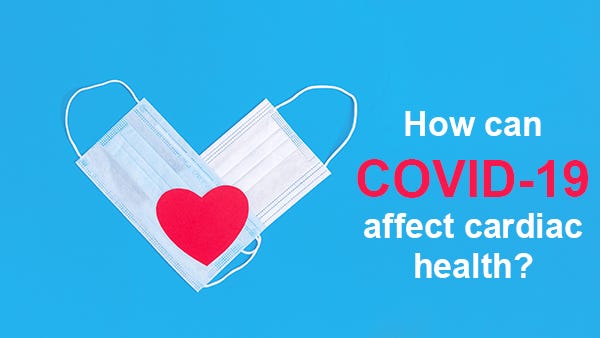Mask Usage For the 2021-22 Academic Year
- Aug 19, 2021
- 0 Comments


As we begin this new academic year, we find ourselves wondering how education is going to look. Unlike last year, most districts have made the decision to go back to in-person learning. The recent rise of the delta variant has created a concern and many states, districts, and schools have begun recommending the use of masks. As we look forward to the 2021-22 academic year, let us look back on the past 18 months.
In an attempt to keep schools in-person, districts nationwide are updating policies or making recommendations on mask usage for students and staff. Some districts have already mandated the use of masks for all students, faculty, and staff in the buildings, while others have placed the decision of mask use on the shoulders of the parents. In many districts, fully vaccinated faculty and staff have been given the option to wear a mask or not, while other districts have relied heavily on the guidelines of their local Health Departments. Whatever decision your school or district has made, School Health is here to help you keep your students, staff, and communities safe and healthy with a wide selection of masks and PPE.
When it comes to our students and those who interact with them —whether in classroom settings or in therapeutic settings —I always recommend clear masks. Using clear masks allows the mouth to be displayed to those around you and has a lot of great benefits for learners of all ages and abilities. For teachers, it can be helpful for many students to see you smile or watch your mouth move while you are speaking. In my conversations with many Speech-Language Pathologists, they have discussed how much they have relied on clear masks for their in-person therapy sessions. When students are able to see the mouth and all of its movement, they are able to continue with essential developmental processes, while limiting some distraction from a covered face.
Students wearing clear masks can still recognize facial expressions and emotions, express themselves and their emotional state, read lips while someone is speaking, and more. It can also help teachers and staff better communicate with students by eliminating some chance of miscommunication. Another great benefit of using clear masks for students is the sense of normalcy they provide by allowing students to smile at each other, react to peers’ facial expressions, and interact with friends as they are used to doing. By eliminating as many stressors as possible, our students can focus on their learning and social activities without the added emotional and physical stressors of miscommunication or social insecurities.
While we head back into in-person learning across the country, please be aware that masks are already in high demand. The country continues to suffer from shortages in raw materials and personnel available to transport products from location to location. With that in mind, ordering supplies ahead of time and preparing for the colder months now can help ensure you’ll have the supplies you need this cold and flu season, or in case of a COVID-19 outbreak at your facility. When selecting products, it can be difficult to choose what may work best for your students and facility. We are proud to have high-quality PPE products you can trust, and our team is always here to help you find the products to best serve your needs.
We thank you for doing all that you do for our students in these uncertain times!

